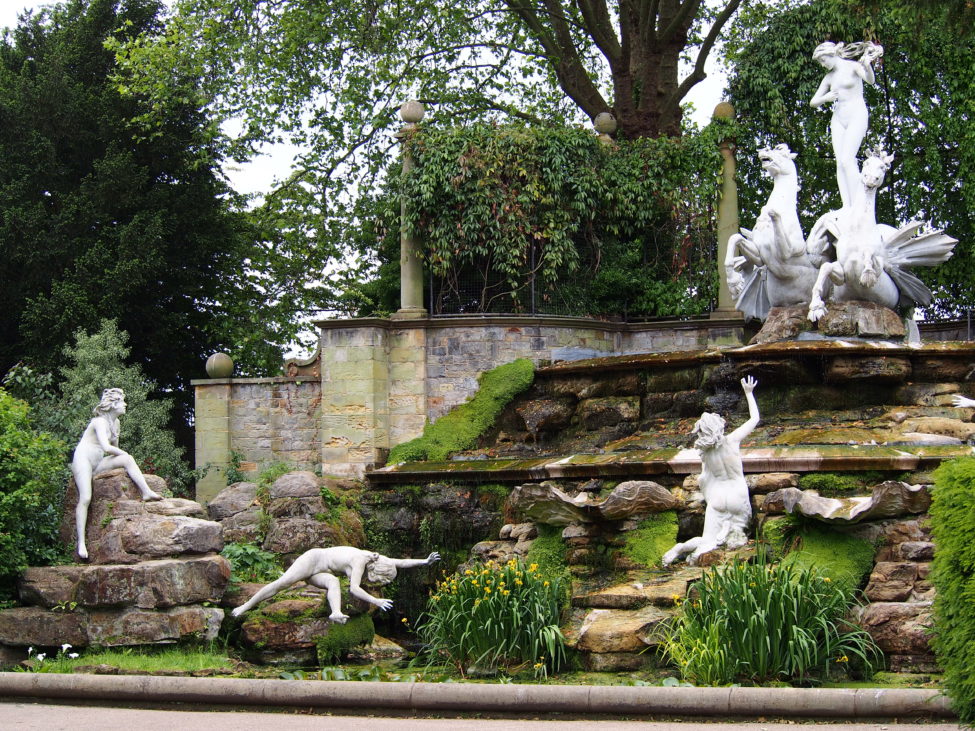Donauweibchen, not Venus

In de tuin van Paleis Soestdijk staat een beeld, dat ten onrechte als een beeld van Venus wordt aangemerkt. Wim Meulenkamp schreef al dat het hier gaat om het zgn. Donauweibchen, een nimf die volgens de legende vissers bij Wenen zou hebben beschermd (en betoverd door haar schoonheid). Het beeld is een kopie van een beeld in Wenen, van de beeldhouwer Hanns Gasser.
Hier wordt het jaar 1865 als plaatsingsdatum voorgesteld, het jaar waarin prins Hendrik (de Zeevaarder) Soestdijk erfde -tevens het jaar waarin het Weense origineel werd onthuld.
In de tuin van Paleis Soestdijk staat een beeld, dat ten onrechte als een beeld van Venus wordt aangemerkt. Wim Meulenkamp schreef al dat het hier gaat om het zgn. Donauweibchen, een nimf die volgens de legende vissers bij Wenen zou hebben beschermd (en betoverd door haar schoonheid). Het beeld is een kopie van een beeld in Wenen, van de beeldhouwer Hanns Gasser.
Hier wordt het jaar 1865 als plaatsingsdatum voorgesteld, het jaar waarin prins Hendrik (de Zeevaarder) Soestdijk erfde -tevens het jaar waarin het Weense origineel werd onthuld.









